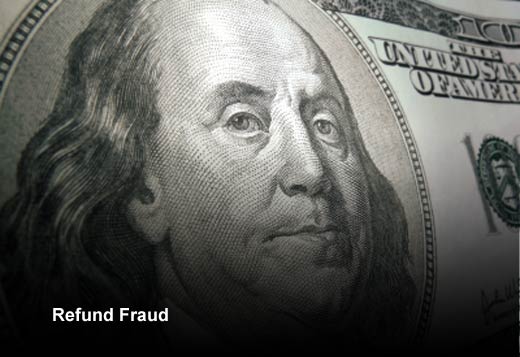The good news: It’s a great time to be an online retailer. In fact, this year’s Black Friday saw a record number of online shoppers. For the first time in history, online sales exceeded transactions in brick-and-mortar shops.
The not-so-good news? More fraudsters than ever are targeting online businesses. Credit card fraud attempts grew from 2014 to 2015, and thanks to the October EMV rollout that makes physical credit cards much harder to counterfeit, experts predict that more criminals will move online. When examining the numbers from other countries that implemented EMV cards, retailers saw exponential growth in online fraud in the following years, increasing anywhere from 30 to 60 percent.
So, what can merchants operating online do to prepare for the inevitable flood of shoppers, both good and bad? Knowing how to spot the suspicious shoppers is key. In this slideshow, Jason Tan, CEO and co-founder of Sift Science, and Emily Chin, market manager at Sift Science, have pulled together the most common types of fraud that you might encounter.

Top Online Fraud
Click through for the top five types of fraud online retailers must address this year, as identified by Jason Tan, CEO and co-founder of Sift Science, and Emily Chin, market manager at Sift Science.

Big Spenders
If you notice a user purchasing many high-value goods or many variations of the same product (for example, 15 gold watches or 20 silver rings in varying sizes), you might have a fraudster looking to maximize a stolen credit card number before it’s cancelled. The fraudster behind this type of order often purchases as many items as possible that can be easily resold, within a short time frame.
Of course, sometimes your shoppers are just exceptionally generous gifters or opulent buyers. Follow up on these transactions with excellent and thorough customer service. Arming yourself with lots of data can quicken the decision to process such orders right away or cancel them.

Re-shippers
Re-shippers are fraudsters that use an intermediary to make their orders look less suspicious. As buying and selling online grew more popular, retailers quickly learned that international orders could be riskier than domestic ones. To avoid the pain of chargebacks or black market reselling, many retailers may make business rules to automatically ban any overseas orders.
In order to get around this barrier, fraudsters based abroad make purchases (usually with stolen credit card information) and use individuals or freight companies in the same country as the store to act as the shipping address for orders. Then the packages are forwarded along to their final destinations, where their contents may be sold on the black market. When scammers use a re-shipper, they’re able to bypass basic static fraud detection rules.

Credit Card Testing
If a cyber crook has a stash of stolen credit card numbers, you may notice a series of unusually small purchases from a user or two. The goal of credit card testing isn’t really to buy a bunch of things; rather, the fraudster is trying to determine which credit card numbers are still valid and which have been canceled. Especially if you offer free shipping or a “guest” check-out process, credit card testers may be drawn to your shop to try out as many cards as possible before going in to buy the big-ticket items.

Refund Fraud
Imagine being thrown in jail for a crime that you didn’t commit … without a trial. That’s what refund abuse can feel like for online merchants. This type of fraud occurs when a customer bypasses the retailer by going straight to their bank to dispute a purchase. The customer may say that the order never arrived (even when it did) or that their credit card was stolen (when it wasn’t). The bank will issue a refund to the customer and deduct the transaction from the merchant, often with an added fee.
This type of fraud is a challenge, since the fraudsters skip the merchant altogether. Often falling under the umbrella of “friendly fraud,” the shoppers that commit refund fraud look and act like legitimate customers.

If you offer coupons or promotional credit for shoppers to invite friends, you may be opening yourself up to promo code abuse. Whether it’s a sale deal or a loyalty code for inviting friends, abuse of these promotions loses you money –– if you offer $5 in-store credit for every friend that a shopper refers, a fraudster can create hundreds of fake email addresses, and gather all of that free credit on your site.

Conclusion
It may be familiar advice, but communication is key to keeping legitimate customers happy and reducing the number of scammers on your site. Open, frequent dialogue between your marketing, customer service and risk departments will protect your bottom line while growing your top line. Start off your New Year right by staying ahead of these fraudsters; your bank account and legitimate customer base will thank you.















